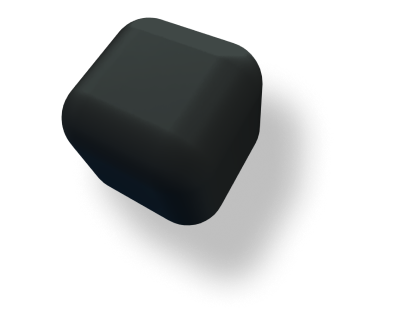Medical Training & VR
We know that AR/VR technologies are surely attracting more users annually. According to eMarketer, by the end of 2019, 42.7 million people in the US will use virtual reality representing 13% of the population, a portion of those being healthcare professionals.
In highly sensitive fields (think the healthcare industry), VR can be used to train our doctors and nurses, as well as students training to enter the field. The subject matter expert simply uploads, for example, a patient’s Xrays, CT scans, or MRIs, as well as informational images, videos, and presentation slides to create one-on-one lectures for students or health care professionals.
“The transformational nature of VR instruction will prepare students to be more successful practitioners and handle difficult procedures with confidence.” – Sonia Orcutt, M.D., Assistant Professor of Surgery, University of Illinois College of Medicine, Peoria, and Surgical Oncologist, Peoria Surgical Group. Students have direct contact with experts in these learning environments, which boosts retention and prepares them for real-world experiences.
The pediatric cardiology team has led OSF Children’s Hospital to expand the use of Enduvo to help patients understand their medical conditions and to develop curriculums for nurses about heart defects and other topics. “We are just at the beginning of using this technology,” said Kristi Ryan, APN, Adult Congenital Heart Program, OSF HealthCare Children’s Hospital of Illinois. “We see tremendous potential for applying Enduvo to a variety of topics. Having people be able to experience what they are learning will allow us to better prepare our nurses for their jobs at the hospital.” Recent advances in 3-D printing allow cardiologists to create a replica of their patient’s heart and use these models to strategize patient care options, educate medical teams and minimize the time in addressing complex procedures. “However, 3-D printing has its limitations,” said Dr. Matt Bramlet, a pediatric cardiologist and co-founder of Enduvo. “The models are not scalable and it is hard to see anatomical relationships. Virtual reality extends the use of a cardiac model by allowing doctors to walk through the heart and see how different structures connect and might interact. Building VR content has traditionally been a costly and out-of-reach endeavor. However, with Enduvo’s immersive teaching and learning platform, anyone can create and share augmented and virtual reality content in minutes without any coding experience.”
This trend of training in VR is expected to continue. Some experts expect that, in the near future, VR might even be capable of simulating resistance as the surgeon practices the operation on the virtual person.




